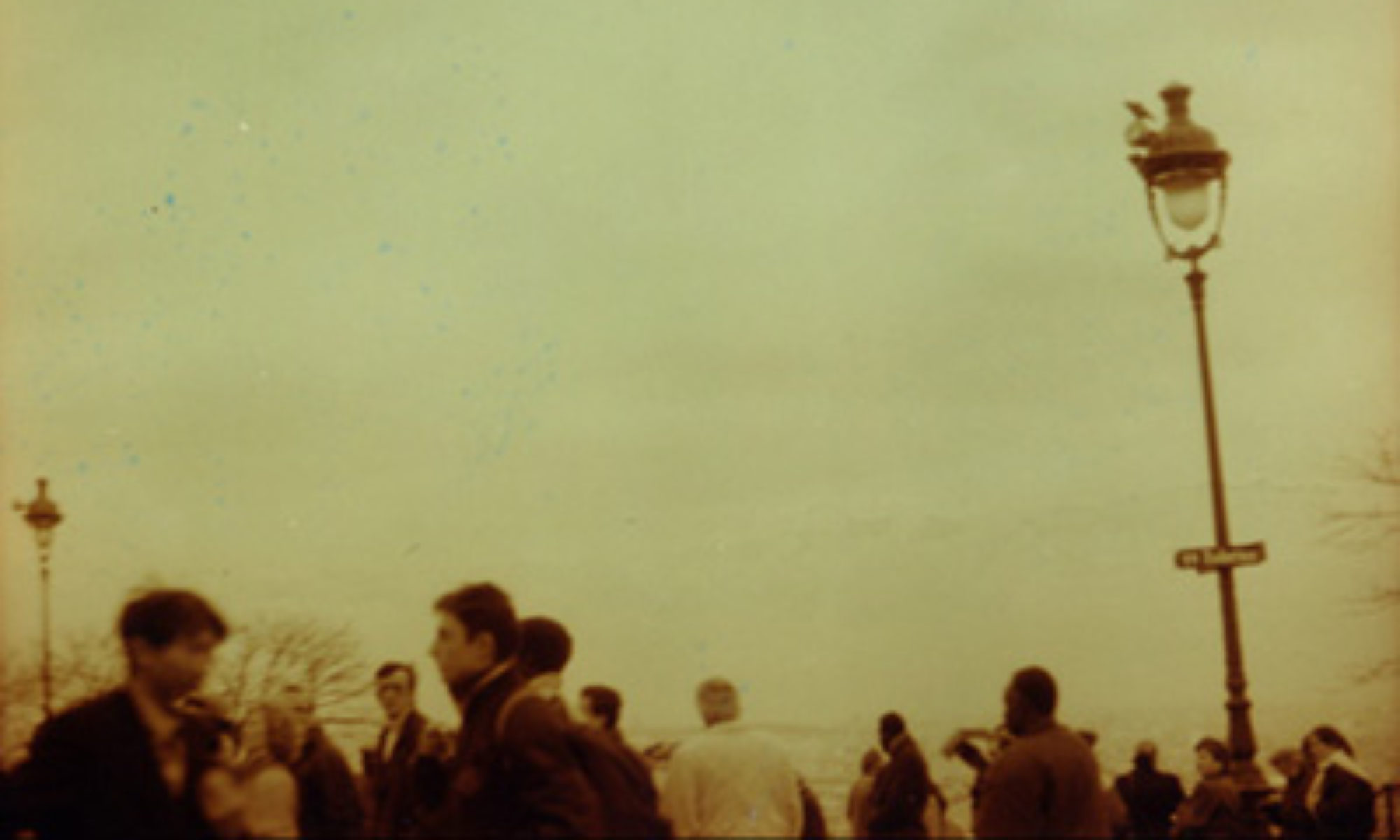
Sometimes the whole concept is just wrong.
I snapped this picture at Bofinger, the classic French brasserie, on my last visit to Paris, where this brochure seemed starkly out of place.
Bofinger is more than a century old, with leather banquettes, polished brass, white linen, well-used silver, and a stunning stained-glass dome. The menu is limited and classic, the service precise, perfect and very accommodating. Part of the pleasure of Bofinger, and places like it, is the feeling that you have stepped back in time—into a romanticized, literary or cinematic Parisian fantasy.
All this is prelude to my dismay at finding this glossy, 4-color promotional brochure dominating our otherwise impeccably set table. This photo-adorned shiny brochure—so very aggressive, so very American, so expected at your local chain eatery—gave the impression of a very loud, uninvited guest.
I suppose the corporation that owns Bofinger (along with numerous other well-known Paris brasseries) would like you to know they have some special “value meals” as well as, apparently, a marketing arrangement with Guinness—but isn’t there a way to do it in a manner more in keeping with the Bofinger atmosphere, or I could even say, brand?
Of course there is: the decidedly old fashioned menus, when presented, contain a decidedly old fashioned card providing the same information as on the glossy brochure. Neither made me want to order a Guinness, but the card did not offend.
Lest you think I’m being over sensitive, the very correct waiters at Bofinger made no attempt to hide their contempt for these intruders on their “theater” of the table. They set each vacant table with the offending brochure and then—immediately upon seating the guests and handing out the menus—whisked them away, never to be seen again.
If only the waiters ran the company.

In the main room at Bofinger, Paris: it’s not Au Courant, it’s not trendy, it’s certainly not undiscovered, but I love it. As do many Parisians and visitors alike.
